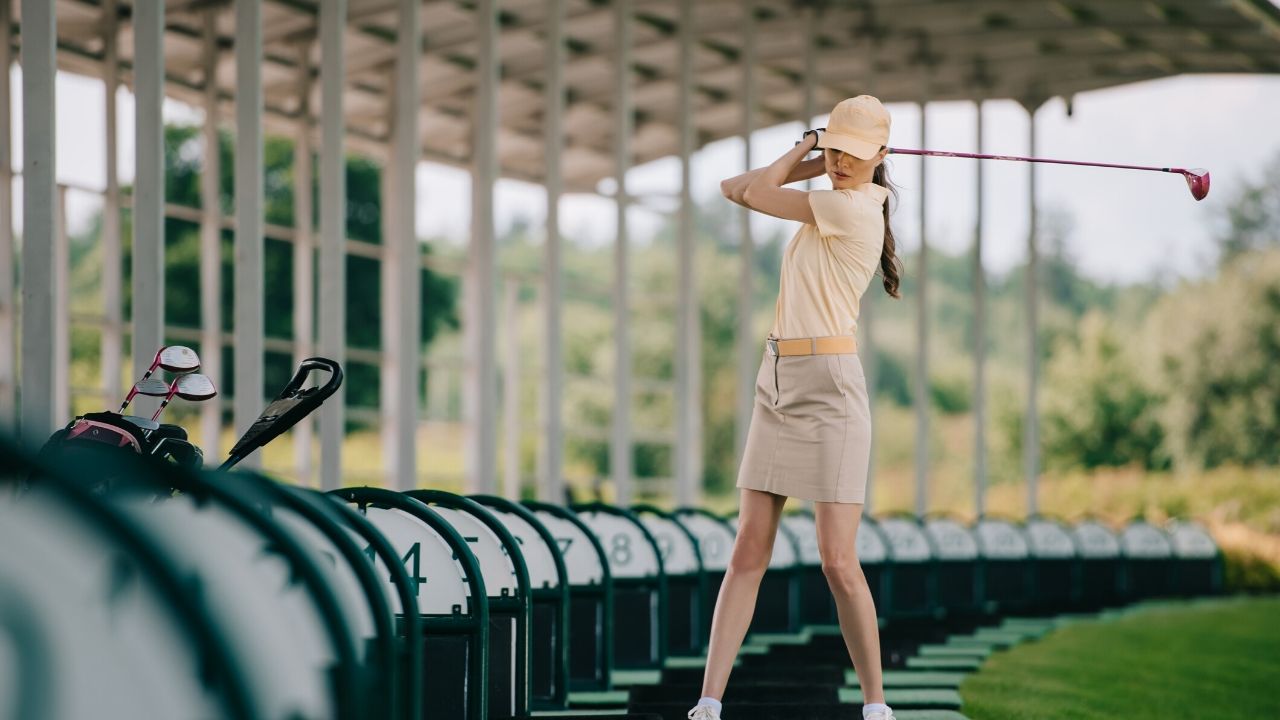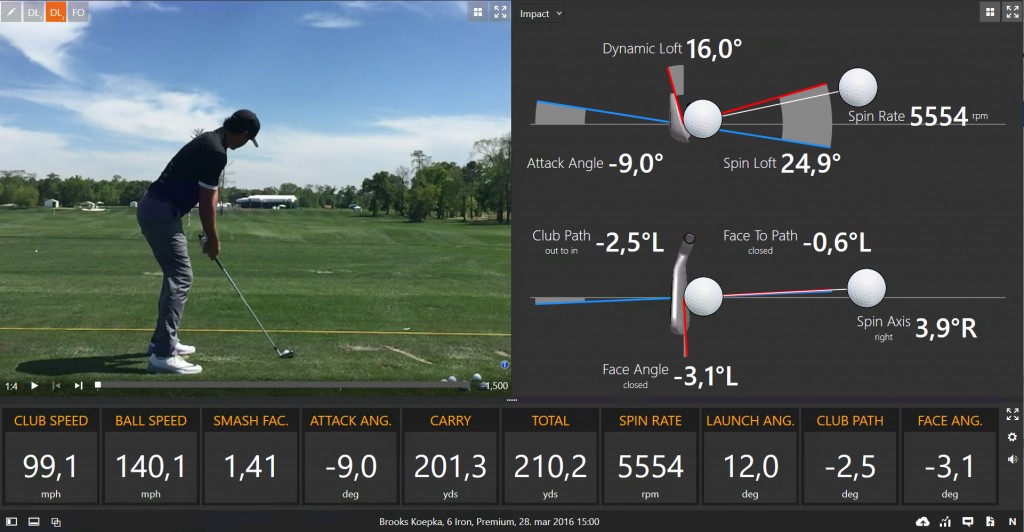
In the golf swing, the downswing is one of the most crucial movements. If you aren't sure how to start it properly, you can squat in the beginning of the downswing. But before you begin, you need to know exactly what these movements mean. To achieve the desired result, you must first learn how to practice them correctly. These are some tips to help you make the most of your downswing.
Squat during the downswing
Squat when you begin your downswing on golf. This is a natural part of the swing. Training out of it will cause more harm than good. Use your legs to push the ground. This will make you feel relaxed and in control. Water skiers, snowboarders, and waterskiers use their legs and feet to spring upwards. You should also rise from the squat when approaching contact.
Unhinge wrists
The wrists should hinge during the transition between the backswing and the downswing. Your lower body will lead you to the downswing, while your upper back moves inwards due momentum. The shaft bends and the wrists recoil. If your wrists are not hinged early enough, it may be difficult to have a strong downswing.

Unhinge hips
To create more power and reduce their handicap, low-handicapping players often unhinge the hips while they are downswing. This technique can make your golf swing less efficient. To start, you should unhinge your hips during the downswing. Then, move slowly with an upper-body movement. Once you have your upper body moving smoothly, the lower body will synchronize with it, and you will be in the perfect impact position.
Unhinge wrists at the end of the downswing
For the best swing plane, you should keep your right arm straight during the downswing. Your front heel should be on the ground, and your front knee should point toward the ball. Once you reach impact, your clubhead should be traveling at maximum velocity through the ball. Tightening your arms or hands can cause the clubhead to not release properly. Keep the clubhead movement natural.
Forearms "under"
Amateur golfers are often not using their upper body properly. They use their upper body to start the downswing, instead of their lower body. This results in massive power loss. Your right arm is the "speed arm" of the downswing. It transfers momentum between the backswing and the downswing. Rotating your right arm inwardly will cause a steep downswing that can result in less power at impact.
Forearms "over"
Golfers should rotate their forearms clockwise during the downswing. This is in contrast to the "under" position on the upswing. Rotating the forearms counterclockwise will cause the clubhead to come out behind the body earlier and hit the ball from the inside. As the hands begin to drop during the downswing, release them as the clubhead comes to rest behind the body. During impact and the followthrough, the forearms rotate naturally counterclockwise.

Club face control during the downswing
There are several ways to control your club face during the downswing of golf. These methods have been used by many top-level players. We will be discussing a few. The face angle of the golf course should be squared at contact. This is where the ball contacts the golf clubs. It is important to understand that high-level golfers will have different angles, but the face squared when the ball hits the green does not.
FAQ
What does it take to win points in golf?
Points can be awarded based upon how well a player does in a competition. In golf, there are many ways to score points. A player may win a tournament if they score more than others. Another option is for a player to finish second in a tournament, and receive half of the prize money that was won. Additionally, players who finish in the 3rd to 10th positions receive points. These extra points are called'strokes'.
Apart from these official competitions there are many other events that award points for the best performers. A player might be eligible for bonus points if they perform well in a specific event.
What does a good swing look like?
Balance is key to a good golf swing. Balance means to maintain a steady, balanced movement throughout the body. Your arms should be strong and relaxed while you swing the golf ball. Your shoulders should be straight to the target line.
Follow through by keeping your head still as you backswing. Swing fluidly without jerking your wrists. Don't force the ball. Instead, you should focus on fluid, smooth movements.
Is golfing dangerous?
While golf isn't considered dangerous, it can cause injuries. One example is a broken arm that you could sustain while swinging a clubs.
Most injuries are caused by falling off your golf cart.
Statistics
- They do this by means of assessing and rating courses according to the average good score of a "bogey golfer," a player with a handicap of around 20. (en.wikipedia.org)
- Professional golfers typically make between 60% and 70% of greens in regulation. (en.wikipedia.org)
- Buying a set of Titleist or Taylor-Made irons for nearly $1,000 is simply not necessary and likely a waste of money. (golficity.com)
- Professional golfers typically make between 60% and 70% of greens in regulation. (en.wikipedia.org)
External Links
How To
How to Improve Your Putting Game
Since ancient times, golf has existed. It was invented in ancient Egypt. It has spread across Europe, Asia, America, and then to America. Golf is a sport which requires many skills like strength, agility flexibility coordination eye-hand coordination and concentration.
To play well, you must have good physical fitness and mental preparation. It is important to learn how swing correctly and hit the ball accurately. This will improve your ability to balance and time when you touch the ball.
There are many ways you can improve your putting. The first is to practice consistently, especially before participating in a tournament. Another way is to use a tool called the "puttertrainer". This will help you improve your posture and your muscles can bend down or straighten again. It improves your eyesight, muscle control, and eye coordination.
Grip pressure is another factor that can affect your ability to putt. If you hold the club too tightly, your hands will tire quickly. If you release the handle too much, you could lose your power. Your grip pressure should vary according to the type of shot. For example: If you're near the hole, you need to apply more force, while you can use less force if your are farther away.
It is important to keep your wrists straight. This will allow you to move your arms and shoulders more freely during strokes. The wrist movement should flow smoothly and be fluid. Watch videos and read books on the subject to improve your putting skills. You can also seek the advice of experienced players.